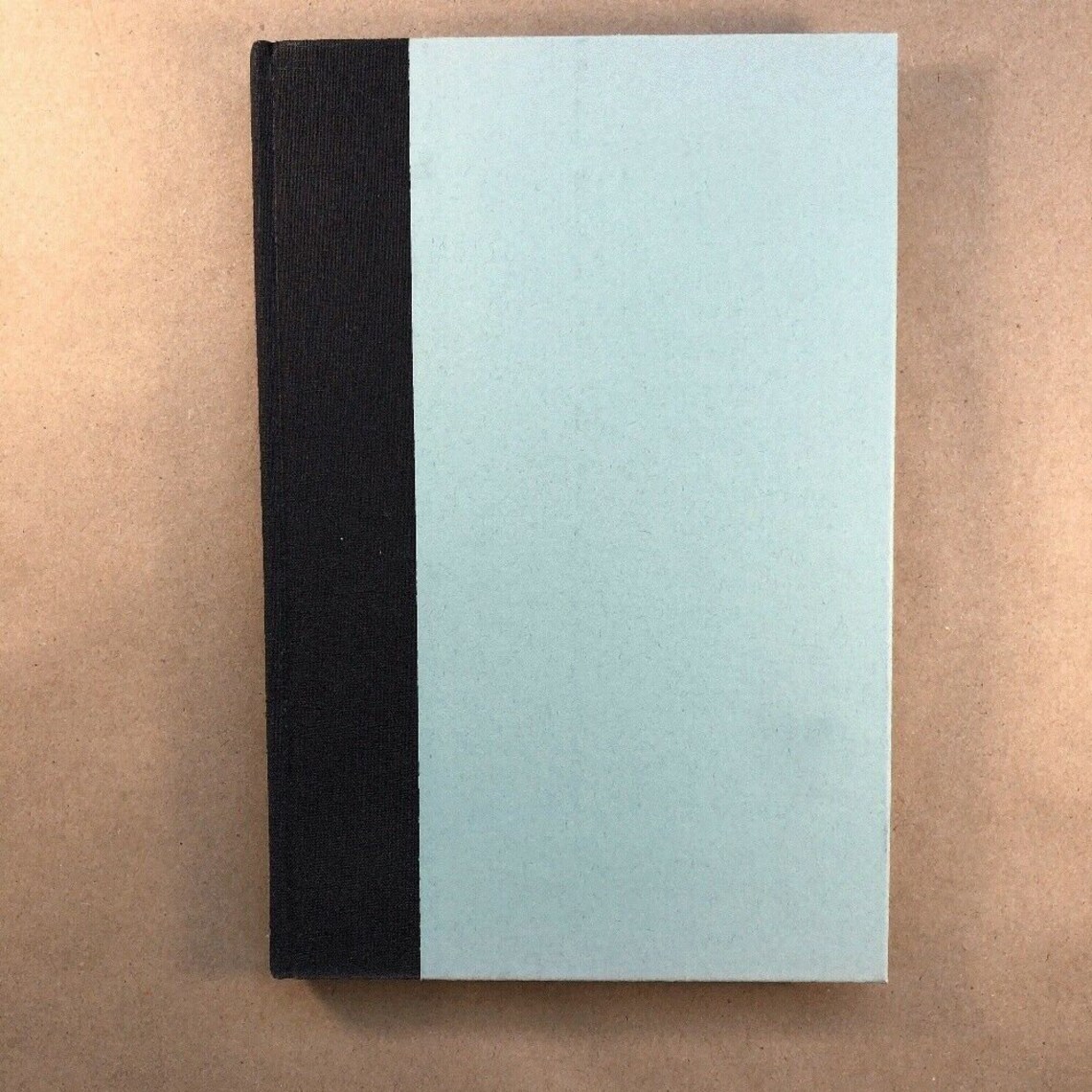
Here, in ‘The Woman in Black’, Hill subtly makes the reader aware of Arthur’s innate paternal instinct as he is so receptive to the ‘familiar cry of desperation and anguish…from a child’ that he hears repeatedly from the marsh.

This is seen famously in Mary Shelley’s ‘Frankenstein’, where the doctor’s curiosity and thirst to create life leads to the invention of the monster. However, the juxtaposition employed here is considerably successful in ensuring the reader is suitably terrified, indeed one of the foremost aims of the gothic genre, as the inexplicability of the circumstance becomes overwhelming.Īdditionally, more often than not in gothic literature, intrinsic human qualities inevitably lead to a protagonist’s downfall. Because Arthur is unable to reach a definitive conclusion about the nature of the presence, the reader seeks reassurance that it is not sinister and through the uncertain tone, Hill subtly implies that Arthur’s fear could be an amplification of paranoia – a result of being isolated for so long – as the basis for his fear is tenuous. This style of juxtaposing narrative is often seen in gothic writing and is extremely effective in creating a false sense of security, which is later, or in this case, immediately, broken down. The atmosphere of unease prevails later in the passage as Arthur describes he ‘had simply the absolutely certain sense of someone just having passed’, which is disorientating for the reader as this declarative is preceded by several, equally emphatic imperatives of the opposite conclusion, as Arthur insists there had been ‘no movement’, ‘no brush of a sleeve’ and ‘no disturbance of air’.

Here, the use of first person narrative is significant in that it enables the reader to be empathetic of Arthur, heightening the emotional response. In doing this, Hill effectively evokes a response of panic from the reader, mirroring that of the protagonist, as Hill exploits the instinctive human fear that stems from any degree of ambiguity in a situation.

From the beginning of the extract, Arthur excessively questions his surroundings, second-guessing himself with questions such as ‘How could there be?’ The repetition of rhetorical questions such as this one immediately establishes an uncertain tone and distinct tension, both of which are extremely prevalent conventions within the gothic genre. In this passage, Hill explores the complexity of human fear, in particular, that apparent in the protagonist, which is subsequent to the overwhelming sense of ambiguity that Hill creates and sustains throughout.


 0 kommentar(er)
0 kommentar(er)
